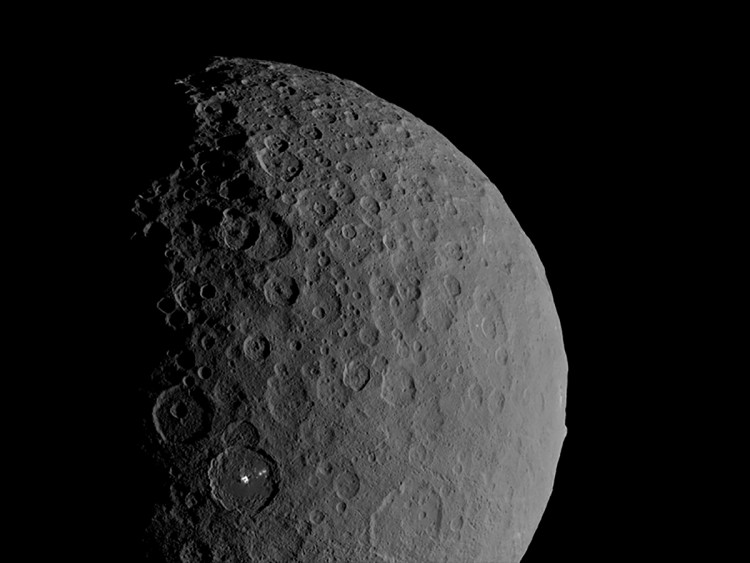Before NASA's Dawn space probe retired in 2018, it used up the remaining drops of fuel to give scientists a fascinating look at the dwarf planet Ceres and its impact site, which scientists call the Occator Crater.
Dawn's final months were focused on Occator Crater, hovering just 35 kilometers above the dwarf planet Ceres, tucked away in the asteroid belt between Mars and Jupiter. It did so because researchers wanted a closer look at the dwarf planet due to a geological activity that brought saltwater to the surface.
The initial result of the analysis made possible by Dawn suggested that Ceres may have been active much more recently than scientists previously hypothesized. Multiple papers have been published summarizing the findings in the journals Nature Astronomy, Nature Geoscience, and Nature Communications.
"Dawn accomplished far more than we hoped when it embarked on its extraordinary extraterrestrial expedition," Marc Rayman, Mission Director of NASA's Jet Propulsion Laboratory in California said in a NASA statement. "These exciting new discoveries from the end of its long and productive mission are a wonderful tribute to this remarkable interplanetary explorer."
One of those papers includes a detailed timeline of Occator's geological events. According to the researchers, cryovolcanism began just 9 million years ago and continued for several million years. Over that time, several bright deposits had formed from brine and seeped through Ceres' mantle all the way to the upper layer of rock, with activity continuing as recently as a million years back.
In another paper, researchers identified a specific type of salt that's so far only found on Earth and now on Ceres. This is what scientists led to believe that the brines found on the surface of the dwarf planet must have seeped through not so very long ago and perhaps even continued to move through the asteroid today. It's also believed that the salts may give scientists answers as to what keeps the planet warm even without gravitational tugging.
The salts could be very well the reason why pockets of liquid can be found within the asteroid as well. It's also possible that the impact that formed Occator Crater made the Ceres hot enough to activate the seepage of brine that left bright deposits at the surface of the dwarf planet.
Dawn's work was remarkable and brought crucial information about Ceres and its Occator Crater. However, scientists are still looking to uncover the secrets that the dwarf planet is holding and may launch a new mission the asteroid belt sometime in the future.




